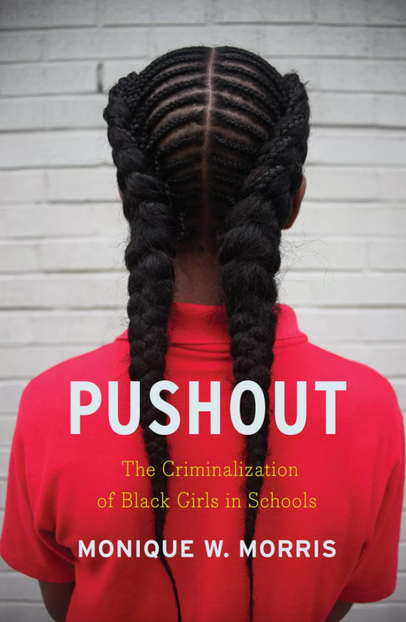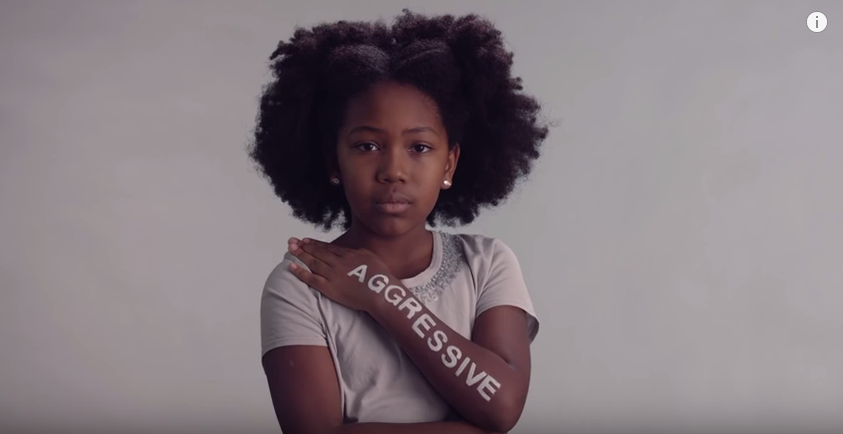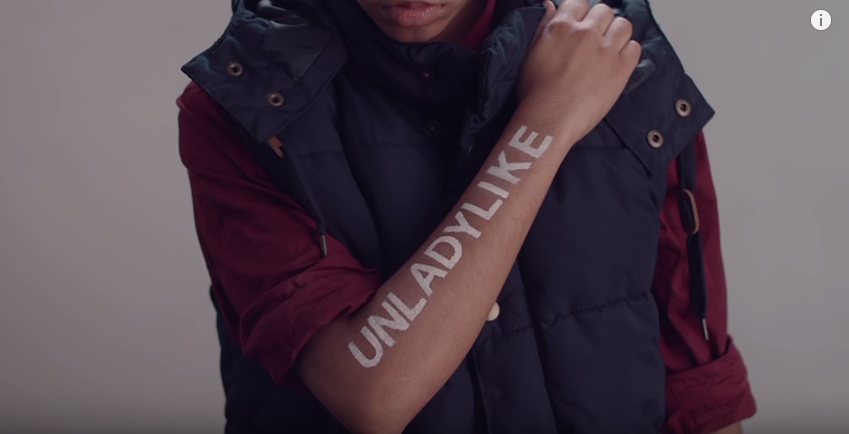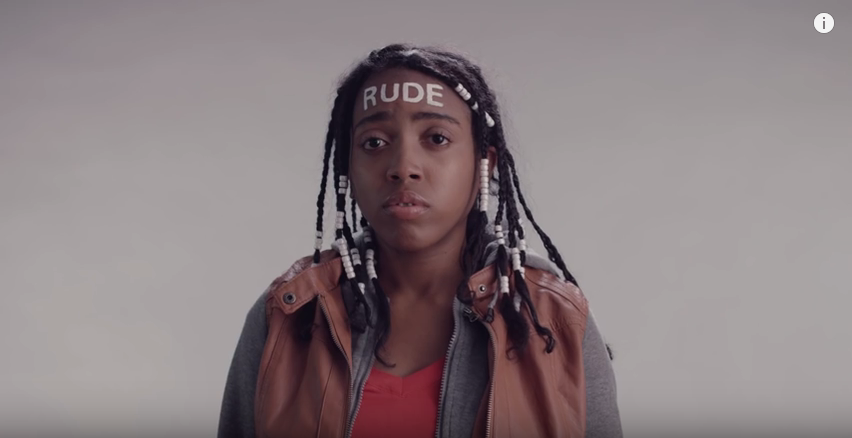|
"[I was] thrown to the floor for sitting at my desk" says Shakara reflectively, standing in front of blueish grey background in her navy blue vest and long-sleeve red shirt. She is not immediately recognizable to me, but then a video begins to play, taking over the screen where she’d previously been displayed front and center. It was a video that the nation had once watched and dissected together for weeks in October of 2015. It was a video of a teenage Black girl being slammed by a white police officer in front of her classmates in a high school. It is the video from the Spring Valley High incident. Suddenly, Shakara words are accompanied by visuals I'd spent weeks trying to get out of my head. She is the girl from the video. I suddenly know exactly who Shakara is. This video is the first look into an ongoing campaign entitled #LetHerLearn developed by the National Women's Law Center. The campaign is intended to spread awareness about the criminalization of Black girls in American schools and to prevent further incidents of profiling at the intersection of both race and gender. The phenomenon of racial profiling and criminalization in American schools is colloquially referred to as the school-to-prison pipeline, which notoriously funnels students of color into prisons and juvenile detention centers through discriminatory and unjust policies. Informed by the success and reach of books like Michelle Alexander’s The New Jim Crow and documentaries like Ava Duvernay’s The 13th, the public discourse on institutional racism and the criminal justice system has been brought to forefront of many conversations about race in the United States in the past decade. The school-to-prison pipeline has long been discussed in American discussion of racism in education, largely as it relates to the experiences of Black boys. This is no coincidence. The nationwide focus on Black boys’ experiences in these institutions fits directly into a long history of erasing Black women and girls from the narratives of the African American struggle in the United States. This tendency toward historical revisionism, distortion, and erasure has been well-documented by Black feminist theorists as an example of the oppression Black women and girls face inside and outside of their communities. This alchemy of racial and gender-based oppression is most effectively described by Moya Bailey’s term “misogynoir” which describes the phenomenon of prejudice and/or hatred towards Black women and girls in particular.
Pushout reaffirms the humanity of Black girls and highlights the issues facing them in American public schools, calling out the blatant ways in which our society denies Black girls access to childhood, innocence, and proper protection.
The aforementioned campaign video features other young Black girls in addition to Shakara. All of them describing their experiences with discrimination in their respective schools. The videos ends with each girl rejecting notions of their inherent emotional volatility, lack of vulnerability, and propensity toward irrational anger as projected upon them by their schools policies and the world at large. Each girl goes on to wipe these messages off their bodies, opting to announce themselves as full humans deserving of the same respect and nuance afforded to others of more privileged race-gender makeups. In the end the message is greater than simply “let her learn,” it would seem that upon further immersion into the nature of the video it functions most like a reminder. #LetHerLearn is a reminder to all those taught to forget, that Black girls are human, sensitive and strong, and most importantly, in need of protection. Watch the PSA, here: By: Jordan McDonald
0 Comments
Leave a Reply. |
Archives
May 2022
|





 RSS Feed
RSS Feed